Day two of our Peak District trip saw us exploring one of the dales for which this area is so well known. Narrow, steep sided valleys cut deep through limestone by water erosion, they feel upon first entry very much like stepping back into some forgotten world. Cut off from their surroundings means that here the micro-climate is king and I’ve known this particular dale to be cool and misty whilst outside temperatures were nudging well above twenty. Even better is that as Lathkill Dale is still relatively unknown compared to the tourist hotspot of Dovedale, you’re far less likely to run into crowds at a weekend and stand a much greater chance of seeing the speciality species which call these places home. Of course Lathkill Dale has not always been left to nature’s own devices and has seen heavy human habitation throughout the years including extensive lead mining, milling and fishing. Though all activities have long since ceased the river remains significantly altered with numerous weirs and side channels along its length.
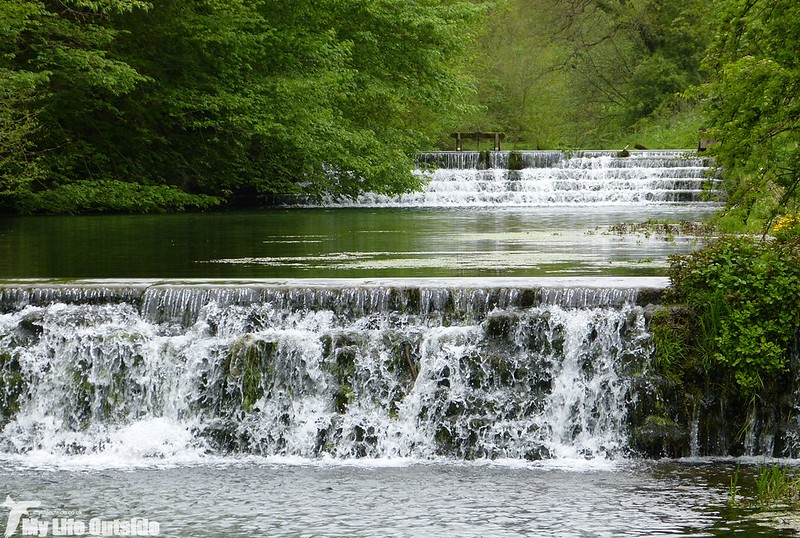

The still waters created behind each weir seemed to offer Coots and Mute Swans the perfect conditions in which to nest and we saw both throughout our walk. Tufted Ducks were also numerous, though with no sign of any nesting activity, but I was most pleased by the sight of three Mandarin mooching about in the shadows. Despite being an introduced species they have always held a special place in my heart and I can still remember seeing them regularly along the Llangollen canal back when I was younger. That relationship was renewed a couple of years back following a concerted effort to add them to our recently acquired ‘I-spy Birds’ book (what do you mean they’re for children?) but this was our first sighting since then. Even better was that there were three males present, all looking as stunningly out of place as ever, but sadly no photographs as they were too distant and stuck resolutely to the shadows. Instead here’s a Mute Swan and family of Mallards.
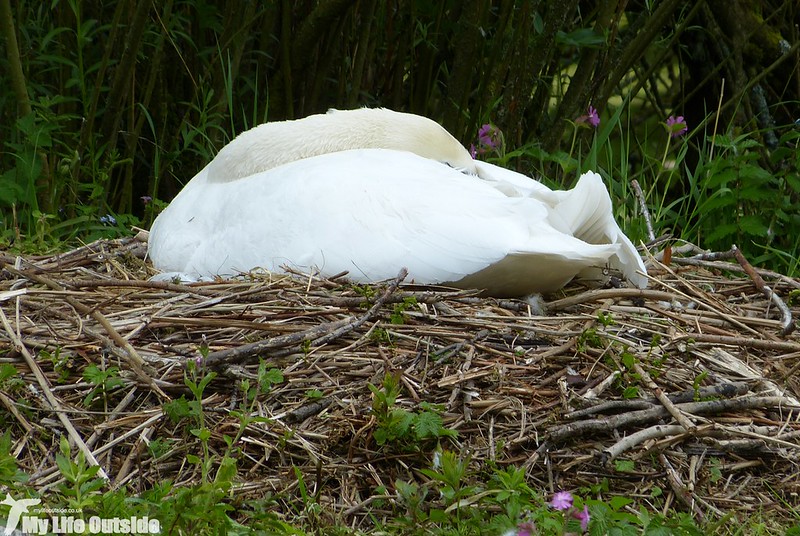

Heading further upstream the valley continued to narrow and at Over Haddon we spotted the first of several Dippers for the day. Although we couldn’t quite see where they were coming from we had strong suspicions that they were nesting in a nearby millrace. There was no such doubt for our second pair which were taking advantage of a hole in the stonework of another weir to raise their young. As each parent arrived in turn (one of which was ringed) the tiny chicks could be seen stretching out of their nest as far as they dared. By positioning myself out of sight I was able to spot several regular resting points and got a few photos which I’m pretty pleased with. Certainly my best Dipper photos to date despite being a little grainy.

Of course wherever you find Dippers then you can be pretty much guaranteed that Grey Wagtails will never be far away, and that was certainly the case today. We saw at least two pairs, though likely many more, one of which had a well developed youngster keeping them company. I came close to getting a decent photograph on a couple of occasions but alas sharpness was lacking due to the slow shutter speeds required. This was definitely the day when a bridge camera starts to show its shortcomings.
Turning attention back to lead mining for a moment we took a diversion up into the trees to see the Cornish beam-engine house at Mandale Mine. Operated from the thirteenth century up until 1851 this impressive structure and the steam engine which would have once been housed within were relatively late additions in a continual battle between miners and the water which threatened to flood their workings. Unfortunately it proved too expensive to operate and ultimately could not save the operation from closure.
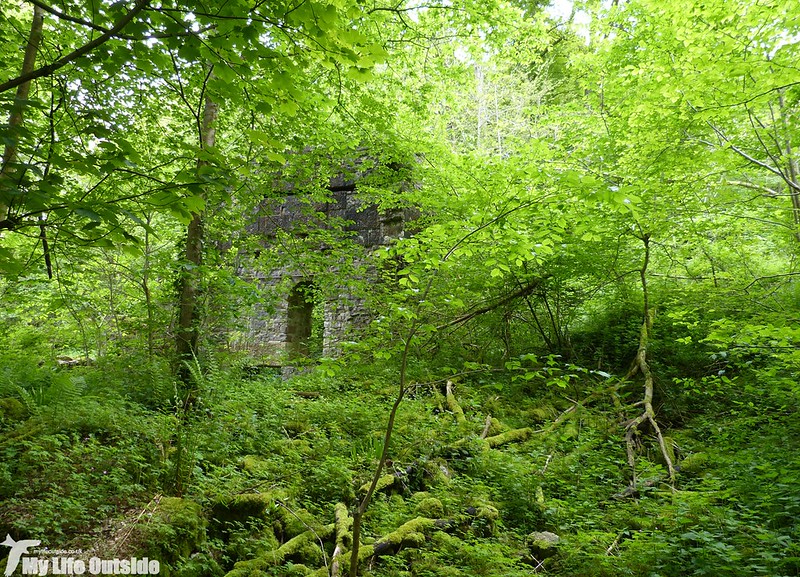
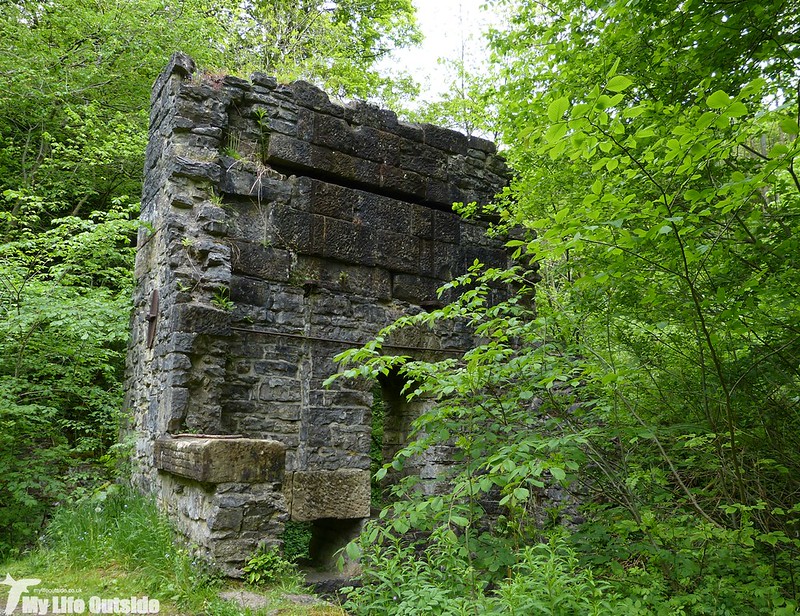
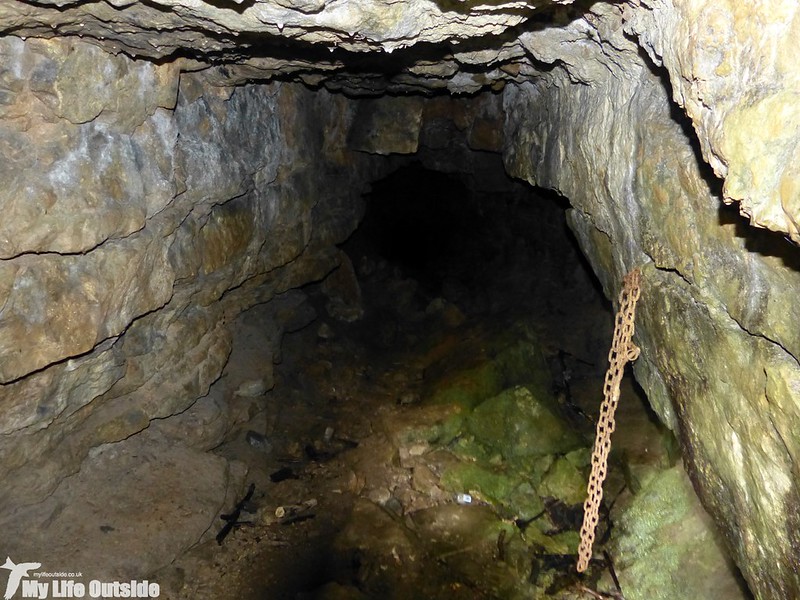
Before the beam engine was introduced a large waterwheel served the same purpose but, despite being located near the river, getting water to it was no mean feet. Over a kilometre of channels and a lengthy aqueduct solved the conundrum, the remains of which can both be seen to this day.

Further up the valley sits Bateman’s House, another relic of lead mining with a curious tale to tell. It was originally constructed in the mid 1830’s to house a disc engine whose job was, as with the beam-engine above, to pump water from the tunnels below. It was a highly experimental design and to this date debate seems to rage over whether or not it was actually installed and even more so over its success or failings. What is clear is that by 1842 the engine was gone and its structure converted into a residential house which too was then abandoned. Today all we are left with are a ruined home and, after a short but steep ladder descent, a view straight down into the old workings.
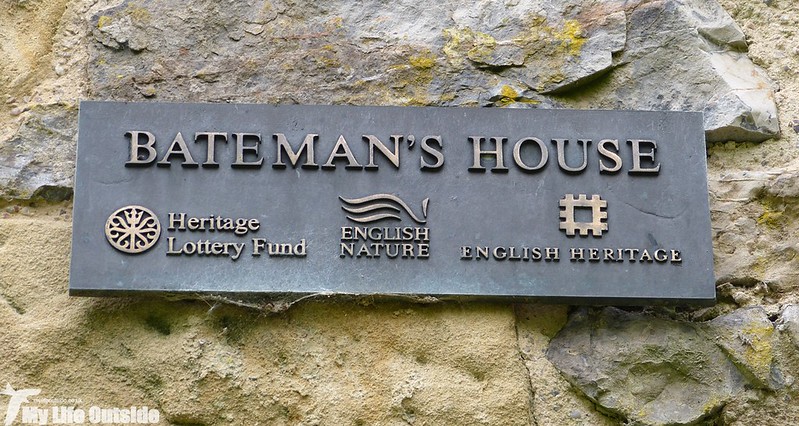
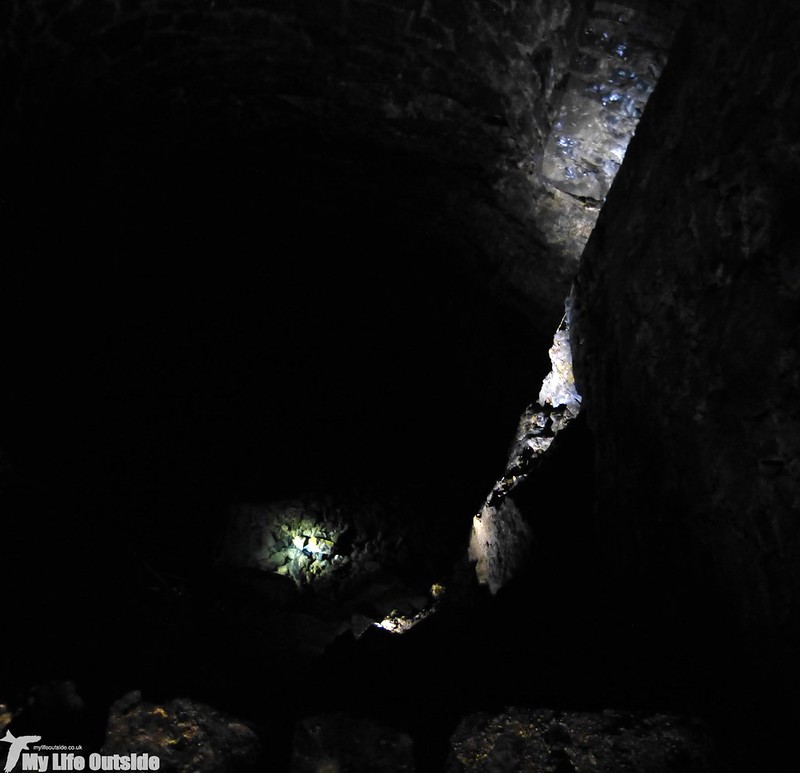
Back up at ground level the Dipper sightings continued but despite keeping my fingers crossed the Mandarin refused to come out of cover. Not to worry as although I didn’t know it at the time I’d be getting a second bite at the cherry come Monday.



1 Comment
ADRIAN · May 30, 2015 at 6:49 am
Excellent Adam, my old stamping ground I was raised in Bakewell. Great shot of the Dipper.